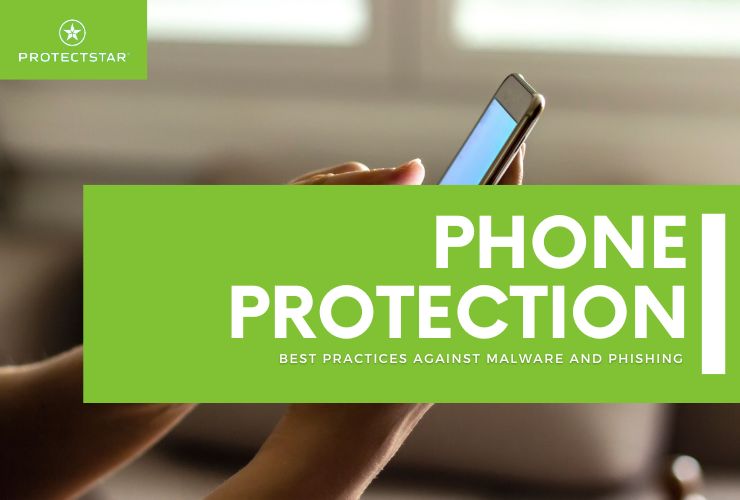Shield Your Smartphone: Combating Phishing and Zero-Click Exploits

Our smartphones are gateways to our personal and professional lives. We bank, shop, connect, and navigate the world through these smart devices but this convenience comes with a hidden adversary: hacks. Phishing attacks and zero-click exploits are tactics employed to steal data, install malware, and hijack your device. Here is an in-depth read through on the threats and how to fortify your mobile security.
Zero-Click Exploits
Imagine this: you receive a seemingly harmless text or browse a website, and suddenly your phone is compromised. Zero-click exploit software vulnerabilities in order to infiltrate your device. These malicious programs require no user interaction, making them particularly dangerous.
How do Zero-Click Exploits Invade Your Phone?
- Malicious Links: A disguised text or email tempts you to click, unknowingly unleashing the exploit.
- Compromised Apps: Downloading apps from untrusted sources can harbor hidden exploits waiting to be activated.
- Drive-By Downloads: Simply visiting a website laced with a zero-click exploit can trigger an automatic download onto your phone.
Phishing: The Art of Deception
Phishing preys on human trust. Cybercriminals create emails, text messages, or social media posts mimicking legitimate sources (banks, social media platforms) to trick you into revealing sensitive information like passwords or credit card details. These messages often create a sense of urgency or exploit your curiosity to manipulate you into clicking on malicious links.
Fortifying Your Defenses: Essential Mobile Security Tips
- Scrutinize Before You Click: Don't be lured by suspicious links or attachments in emails or texts. Verify the sender's legitimacy and hover over links (on desktops) to check their destination before clicking.
- Software Updates: Your Security Shield Software updates often patch vulnerabilities that cybercriminals exploit. Make updating your phone's operating system and apps a top priority.
- Embrace Security Apps: Consider installing a reputable mobile security app that can detect malware, block phishing attempts, and offer additional layers of protection such as Antivirus AI by Protectstar.
Incorporating regular device restarts into your mobile security routine can add an extra layer of protection. Restarting your phone can help to clear out temporary files and cached data, which can sometimes harbor remnants of malicious code or exploited vulnerabilities.
How to Restart Your Phone:
- Android: Press and hold the power button and the volume up button simultaneously until the restart menu appears. Select "Restart" or "Power off" and then turn your phone back on.
- iPhone: Press and hold the side button (or the top button on older models) and either volume button until the power off slider appears. Drag the slider to turn off your phone. Then, press and hold the side button (or the top button) again until the Apple logo appears.
Recommended Restart Frequency:
The NSA's Best Practice Paper suggests restarting your phone once a week. However, you may find it beneficial to restart your phone more frequently, especially if you use it extensively or if you are concerned about potential security threat.
3 common myths about the installation of zero-click exploits and phishing attacks:
- Myth 1: Only Android phones are vulnerable to zero-click exploits.
Zero-click exploits can affect any device that runs software, including iPhones, iPads, and computers.
- Myth 2: I can't get a zero-click exploit if I don't click on anything.
As mentioned above, zero-click exploits can be installed on your device without you having to click on anything.
- Myth 3: If I have a strong password, I'm safe from phishing attacks.
Phishing attacks can be very sophisticated and can trick even the most careful people into revealing their passwords.
The Case of Pegasus: A Spyware Threat
Pegasus is a notorious spyware program capable of infiltrating phones without user knowledge. It can steal data, track location, and even record conversations. While not a traditional zero-click exploit, Pegasus leverages a combination of software vulnerabilities and social engineering to gain access.
Pegasus on Phones: A Reality Check
Pegasus can infect both Android and iPhone devices. Its existence highlights the ever-evolving landscape of cyber threats and the importance of robust mobile security practices.
Beyond the Basics: Advanced Mobile Security Measures
- Two-Factor Authentication (2FA): This adds an extra layer of security by requiring a second verification step beyond your password.
- Data Minimization: Limit the amount of personal information you share online, reducing the potential for exploitation.
- Trusted App Sources: Download apps only from official app stores (Google Play Store, Apple App Store) to minimize the risk of encountering malicious apps.
- Suspicious Activity? Take Action: If you suspect a phishing attempt or a compromised device, change your passwords immediately and contact your financial institutions.
By implementing these comprehensive strategies, you can significantly bolster your smartphone's security posture and navigate the digital world with greater confidence. Remember, vigilance is key. Stay informed, adopt safe practices, and empower yourself to combat the ever-present threats of phishing and zero-click exploits.